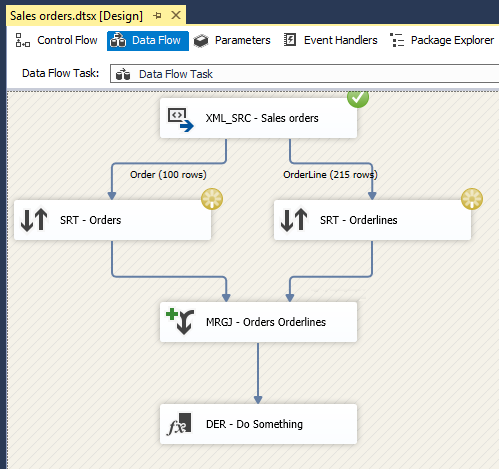The initial case sets the field choice based on the selection and then I can set the field I need to match on for the join. SQL HOME SQL Intro SQL Syntax SQL Select SQL Select Distinct SQL Where SQL An Or, Not SQL Order By SQL Insert Into SQL Null Values SQL Update SQL Delete SQL Select Top SQL Min and Max SQL Count, Avg, Sum SQL Like SQL Wildcards SQL In SQL Between SQL Aliases SQL Joins SQL Inner Join SQL Left Join SQL Right Join SQL Full Join SQL Self Join SQL. The CASE statement goes through conditions and returns a value when the first condition is met (like an IF-THEN-ELSE statement). So, once a condition is true, it will stop reading and return the result.

If no conditions are true, it returns the value in the ELSE clause. APPLIES TO: SQL Server Azure SQL Database Azure SQL Data Warehouse Parallel Data Warehouse Evaluates a list of conditions and returns one of multiple possible result expressions. Conditional Joins in SQL Server.
Sometimes, when writing SELECTs, we come across situations in which we we need to write a join containing a condition of some sort, so that the join processed will vary for each row depending on the data. For example, some rows join to table A, others to table B. Zapytania do wielu tabel sql, łączenie wewnętrzne INNER JOIN, zewnętrzne LEFT, RIGHT i FULL OUTER JOIN. Poruszę tu kwestie tworzenia prostych zapytań, łączenia tabel (INNER JOIN, LEFT JOIN itd.), jak również tworzenia tabel czasowych, użycia zmiennych w MS SQL, a następnie modyfikcja danych w bazie MS SQL (INSERT,UPDATE,DELETE), na końcu opiszę kilka ciekawych funkcji związanych z analizą danych dla MS SQL. The maximum number of arguments in a CASE expression is 255. All expressions count toward this limit, including the initial expression of a simple CASE expression and the optional ELSE expression.

THEN pair counts as two arguments. To avoid exceeding this limit, you can nest CASE expressions so that the return_expr itself is a CASE. Starting in Oracle 9i, you can use the CASE statement within a SQL statement. You want to use the case -expression in a join predicate.
The join predicate in your case is an equation. Case Statement in Join condition – Learn more on the SQLServerCentral forums. Twin-devil: I think the OP wants to apply a row-level condition using values from table X, in which case dynamic. This SQL Server tutorial explains how to use the SQL Server (Transact- SQL ) CASE statement with syntax and examples. In SQL Server (Transact- SQL ), the CASE statement has the functionality of an IF-THEN-ELSE statement.
You can use the CASE statement within a SQL statement. In this post, I’m going to take a look at how SQL Server handles subqueries in CASE expressions. I’ll also introduce some more exotic join functionality in the process. Scalar expressions For simple CASE expressions with no subqueries, we can just evaluate the CASE expression as we would any other scalar expression: create table T1.
An SQL join clause - corresponding to a join operation in relational algebra - combines columns from one or more tables in a relational database. It creates a set that can be saved as a table or used as it is. A JOIN is a means for combining columns from one (self- join ) or more tables by using values common to each. For SQL Server and SQL Database, specifies that the SQL Server query optimizer use one join hint, or execution algorithm, per join specified in the query FROM clause. For more information, see Join Hints (Transact- SQL ). For SQL Data Warehouse and Parallel Data Warehouse, these join hints apply to INNER joins on two distribution incompatible.
The case statement in SQL returns a value on a specified condition. We can use a Case statement in select queries along with Where, Order By and Group By clause. It can be used in Insert statement as well. In this article, we would explore CASE statement and its various use cases.
SQL UPDATE JOIN means we will update one table using another table and join condition. Let us take an example of a customer table. I have updated customer table that contains latest customer details from another source system.
Brak komentarzy:
Prześlij komentarz
Uwaga: tylko uczestnik tego bloga może przesyłać komentarze.